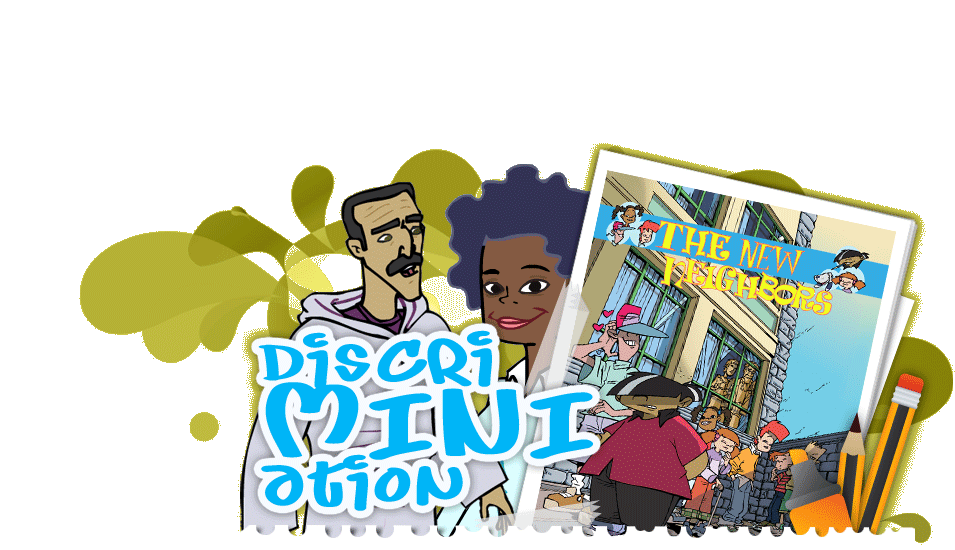 |
|
 |
 Everyone is different. This is something we all agree on. Your mother is not the same as your neighbour, nor is your best friend the same as your sports teacher. This diversity does not lead to any conflicts. However, sometimes certain differences do create problems for some people. Why are some differences problematic, and others not? We’re going to analyse how attitudes and behaviours arise that lead certain people to discriminate against others. |


 PEOPLE DON'T USUALLY TURN OUT TO BE AS WE EXPECTEDEveryone is different. However, some people try to group others under a certain label which can occasionally give rise to conflicts within a community. When we classify people according to certain characteristics that we believe identify them, whenever we think about them certain words that we believe define them come into our minds. In actual fact, these are just prejudices and stereotypes, because people don’t usually turn out to be what our prejudices lead us to expect. Let’s take a more detailed look at what we mean. It is important to know what we are talking about so we can identify discriminatory attitudes and behaviour. First of all, we are going to look at the meaning of these two words: prejudice and stereotype. To do this, in groups of 4-5 students search the internet for the meaning of these two words. Use the online dictionaries that you’ll find in the Resources section. Once you clearly understand the meaning of these two words, try to identify the stereotypes and prejudices that appear in the comic-book story “The New Neighbours”. As a guideline, try to answer these questions for every situation you come across:
Post the results on the classroom blog.
FOR EVERY SITUATION, THERE'S A PREJUDICEThe beliefs we have towards people from other countries tend to give rise to situations of discrimination. What might these situations be? In groups of 4-5 students, select one of these situations and answer the following questions:
Situations:
In the Resources section you’ll find the information you need to answer the questions. Once you have analysed the situation you need to feature it in comic-book form by creating an outcome that in your view would encourage positive coexistence in the community. The online tools you need to create this comic can be found in the Resources section. Post the comics on the classroom blog and read the ones that other groups have posted. You’re bound to find some interesting differences.
IN SUPPORT OF HARMONIOUS COEXISTENCEOnce you have finished your research, it will be clearer which activities and opinions lead to situations of discrimination. Can anything be done to counteract them? Now it’s time to create an awareness-raising campaign to share your views with others. In the same groups as for the previous exercise, create an audio-visual campaign that reflects everything you’ve learnt, designed to help prevent situations like the ones you have been studying. The audio-visual presentation should not last more than 3 minutes. Use the appropriate images and music to create an appealing result. To get inspiration on what kind of elements this type of campaign should contain, you can view similar ones in the Resources section, where you’ll also find the online tools you need to create your campaign.
MY PERSONAL VIEWSIndividual thought is very important when it comes to adopting your own attitudes and opinions about any issue. In this case we are going to give some individual thought to discriminatory prejudices and behaviours. Our question to you is:
Post your thoughts on the classroom blog, using no more than 200 words.
|


 PEOPLE DON'T USUALLY TURN OUT TO BE AS WE EXPECTED
FOR EVERY SITUATION, THERE'S A PREJUDICELeisure and discrimination
Gypsies and residence
Racism in the classroom
Construction of mosques
IN SUPPORT OF HARMONIOUS COEXISTENCE!!!For inspiration
|


 The following tasks will be evaluated:
The evaluation should take the following factors into account:
|
